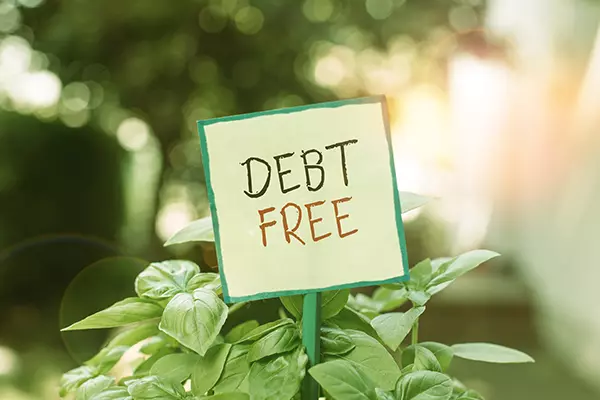Consumer proposals are a popular debt relief option in many countries, offering individuals a chance to regain financial stability without resorting to bankruptcy. Despite their advantages, there are several misconceptions surrounding consumer proposals that can deter people from exploring this viable solution. In this blog post, we will debunk the most common misconceptions about consumer proposals to provide a clearer understanding of how they work and their potential benefits.
A Consumer Proposal Is the Same as Bankruptcy
One of the most prevalent misconceptions is that a consumer proposal is equivalent to bankruptcy. In reality, they are two distinct debt management solutions with significant differences.
A consumer proposal is a formal agreement negotiated between you and your creditors, allowing you to pay a portion of your debt over a specified period. Unlike bankruptcy, your assets are not automatically seized, and you maintain control of your finances throughout the process.
It Destroys Your Credit Forever
Many people fear that opting for a consumer proposal will result in permanent damage to their credit. While a consumer proposal does appear on your credit report, its impact is not as severe or long-lasting as bankruptcy. With responsible financial management, you can begin rebuilding your credit soon after completing the proposal.
You Have to Pay Back the Full Amount
Some individuals mistakenly believe that a consumer proposal means they must repay their entire debt. In reality, consumer proposals typically involve paying only a fraction of the total debt, which is determined through negotiations with your creditors. The exact amount varies depending on your financial situation and the terms agreed upon in your proposal.
All Debts Can Be Included
It’s essential to understand that not all types of debts can be included in a consumer proposal. Certain obligations, such as child support, alimony, court-ordered fines, and student loans (if you’ve been out of school for less than seven years), are typically excluded. These debts must be managed separately.
It’s an Easy Way Out
While a consumer proposal can provide debt relief, it’s not a quick fix or an easy way out of financial difficulties. Creating a successful proposal requires careful planning, financial discipline, and an understanding of your responsibilities throughout the process. It’s not a “get out of debt free” card but rather a structured pathway to regain control of your finances.
It’s Only for Severe Debt Cases
Consumer proposals are not exclusively reserved for extreme debt scenarios. People with varying levels of debt can benefit from this option, as it offers a more manageable and structured repayment plan compared to paying the full debt amount in full and all at once.
You Lose All Your Assets
Contrary to the belief that a consumer proposal results in the loss of all your assets, this isn’t true. In most cases, you can retain your assets, including your home and car, as long as you continue to make the agreed-upon payments outlined in your proposal.
Understanding consumer proposals is crucial for those facing financial challenges. By dispelling these common misconceptions, individuals can make more informed decisions about their debt management options. A consumer proposal is a viable and less damaging alternative to bankruptcy, allowing individuals to regain control of their finances and work towards a debt-free future. If you’re considering this option, consult a financial advisor or credit counselor to help you navigate the process and make the best decision for your unique circumstances.









